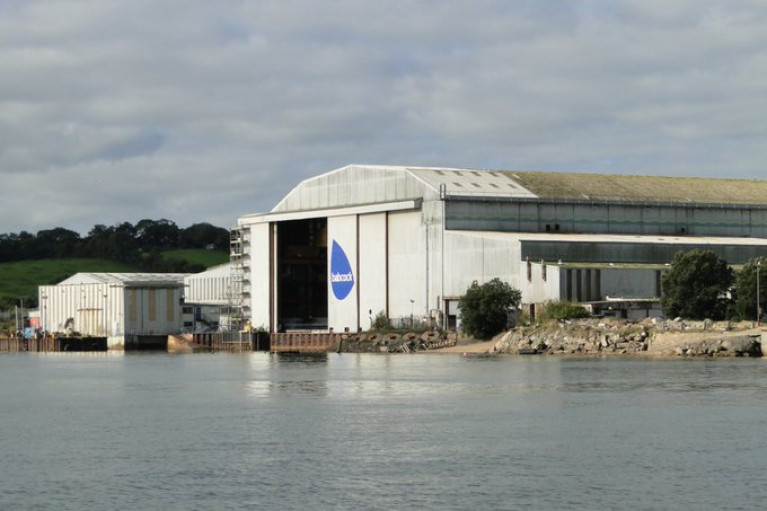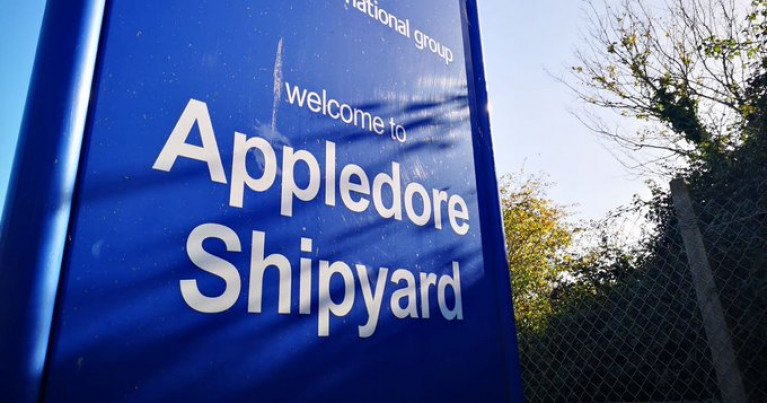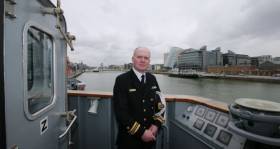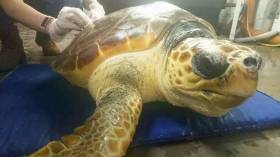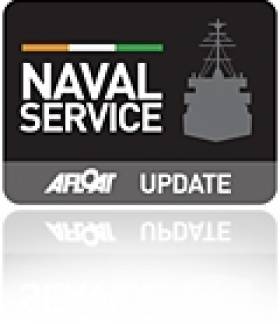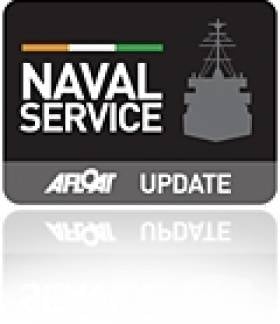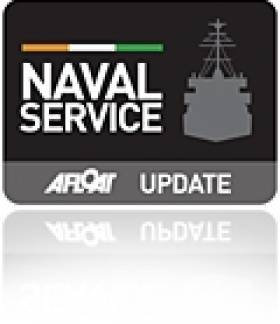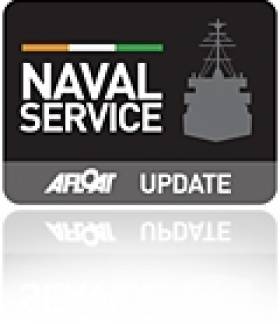Displaying items by tag: Irish Navy
UK Shipyard that Built 'Beckett' Series for Irish Navy Given Warship Pledge at H&W Appledore
A UK shipyard that built a quartet of 'Beckett' class OPV's for the Irish Naval Service has been given a British Ministry of Defence pledge to build three warships which has been hailed as good news for Appledore Shipyard in north Devon.
The shipyard has been actively seeking skilled boat builders after being bought by new operators Infrastrata, the asset management firm behind Harland & Wolff.
Tim Jones, chairman of the Appledore Taskforce and the South West Business Council, said if Appledore was successful in bidding for the work, it could see the ship yard back to full strength.
He said: "During the run up to the purchase of the Yard by InfraStrata, discussions took place with Senior officials in Whitehall, which gave encouragement to the prospect that MoD work would be directed to the Yard.
For much on the development BusinessLive reports.
Afloat adds asides the 'Beckett' OPV90 quartet (see photo caption), an earlier version in the form of the 'Roisin' OPV80 class pair were also built for the Naval Service at the south-west English shipyard though when owned by Appledore Shipbuilders.
Plea to UK Government to Get On With Reopening of Appledore Shipyard
Councillors in Devon have urged the UK Government to hurry up and get a deal over the line to reopen Appledore Shipyard.
Despite a union-led protest march, a 9,500-strong petition and the efforts of local MPs, the north Devon shipyard closed on March 15, 2019, when Babcock International’s lease expired.
Work has continued ever since to reopen the historic shipyard, but as of yet, no date for any reopening has been announced.
More on this story Devon Live reports including footage of the shipyard's covered building hall, the Bidna Yard.
Afloat adds the 118m dry-dock is where Babcock built their last vessel in 2018, the Irish Naval Service LÉ George Bernard Shaw (as pictured) berthed at the shipyard's Newquay Yard. This fit-out facility was completed in 1970.
Navy Service: Ireland Must Face Up to EU Defence Responsibilities, Hayes tells Army Officers
#Navy - Ireland’s military engagement was given strong support in humanitarian and peacekeeping operations it was heard at two separate events held in Dublin.
As The Irish Times writes, Fine Gael MEP Brian Hayes told a meeting of the Irish Defence Forces Officers Club on Thursday evening that the changing security landscape within the European Union needed to be recognised and discussed.
The debate on neutrality was largely academic and theoretical, he said, “but we are facing the reality that member states want to do more in the area of security and defence, and we need to be part of that debate.”
Brexit was a “game changer moment for Ireland in navigating our new relationship with the European Union”, he maintained.
For more on the story, click here.
Sally-ing Forth From Dingle Aquarium
'After almost five months of giving her tender loving care, the latest sea turtle rescued in Kerry is to head for Warmer Spanish waters'. Dingle Oceanworld Aquarium, writes Tom MacSweeney, says that the turtle, brought to the Aquarium “for some much-needed care when she was found by divers barely able to move, here in Kerry waters this Easter, is starting her journey home.”
The Aquarium staff named her ‘Sally’ and after months of TLC she recovered.
“We are delighted to say she has made a fantastic recovery. So it is with heavy but happy hearts that we wave her off home in the hands of the Irish Navy who are going to take her back to the warm Spanish waters. She will be leaving from Cobh on October 6th.”
Roisin Returns from Russia
In addition the OPV delivered medical supplies on her visit to Riga, the Latvian capital, where the cargo was transported in aid of the Chernobyl Children's Project based in Belarus.
LE Roisin On Goodwill Visit to Tallinn
Navy’s Night-Time Detention of Belgium Fishing Vessel
In March another foreign-flagged fishing vessel, the UK registered Lynn Marie was detained on the same grounds for an alleged breach of fishing regulations by the L.E. Orla (P41). The Lynn Marie was escorted by the Peacock –class coastal patrol vessel (CPV) into Dun Laoghaire Harbour and similarly the custody of the vessel was transferred to the Gardai.
So far this year the Naval Service has carried out 852 boarding's and eight detentions of vessels off the Irish coast. In 2010 the navy conducted 1666 boarding's which resulted in warnings to 70 vessels and eight detentions.
Passing of Irish Naval Service Officer Commander
Following his retirement in September 1980 he worked with Irish Shipping Ltd for a further five years during the construction of the state-owned company ships at the Verolme Cork Dockyard. At the same dockyard, he had also been closely involved in the design and commissioning of the Naval Service's helicopter patrol vessel L.É. Eithne, its largest vessel which was built in 1984.
To read more about the distinguished career of Cdr Liam Ahern and also his wartime role in the Royal Navy, his obituary is published in today's Irish Times.
Jehan Ashmore adds that the L.É. Eithne arrived into Dublin Port this morning to dock at Sir John Rogersons Quay next to the French Navy minehunter Cassiopée (M642) and mine-route survey craft Altaïr, which have been on a visit to the capital for the St. Patrick's festivities.
At 1,760 tonnes the L.É. Eithne is not only the largest vessel of Ireland's eight-strong fleet but is also the last ship of any type built in the Republic of Ireland. For a photo of the 27-year-old ship seen off Cobh (where Cdr Ahern was born) click here.
The 80m vessel has a crew of 85 (9 Officers and 77 ratings). Her main armament is a Bofors 57mm anti-aircraft gun with a LIOD fire control system and two 20mm Rheinmetals.
In 1986 L.É. Eithne made a historic visit as the first Irish Naval Service ship to cross the Atlantic, where she sailed to the United States, visiting Hamilton, New York and Boston. A decade later she became the first Irish Naval ship to tour the continent of South America.


























